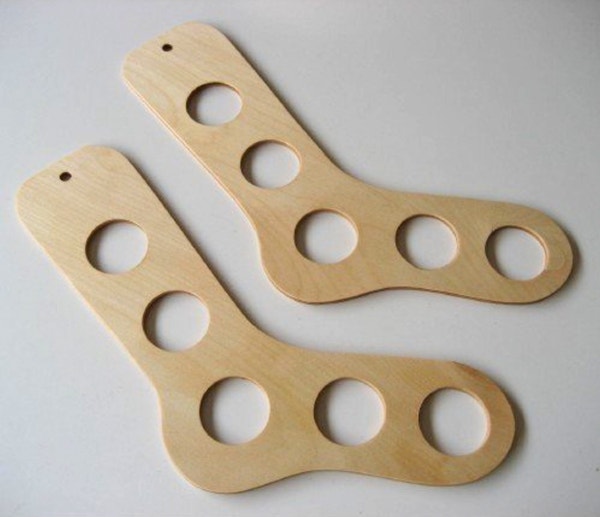Best Finish for Sock Blockers?
I am planning to make some sock blockers (forms for drying and blocking knitted socks) for gifts, and I am trying to decide on the best finish to use. I have looked in some finishing books I have as well as online, but I haven't been able to really get the answer I want. As another point to consider, I am considering making the sock blockers from Baltic birch plywood or from various woods, including woods glued-up using waterproof glue such as Titebond III or epoxy. Based on what I've found in my research and my own experience, I believe the best two choices are polyurethane varnish or salad bowl finish. Can you please provide any advice on which may be the best finish for this purpose, or recommend another finish? - Rex Wells
Tim Inman: I would use a drying oil like tung or boiled linseed oil. Why? They can be easily refreshed if/when they show failure. Any film-forming finish like poly, or even epoxy, will eventually fail, and that failure will result in flaky finish "chips" which can and will snag your work. The oil will fail, too, but it won't leave snags to catch on your nice new knitting. It can then easily be resanded and recoated to make the blocker smooth again.
Chris Marshall: I like Tim's suggestion of an easily renewable finish that's simple to apply. You'd probably also have good results with one of the many "wipe-on" finishes like Watco Danish oil, which are basically either thinned varnish or oil/varnish blends, depending on the brand. They won't build up a thick film that can crack and flake off, and you'd have a bit of varnish protection, too. But, I'd keep the finish very thin - just a couple of coats to seal the wood fibers.
Keep the inspiration coming!
Subscribe to our newsletter for more woodworking tips and tricks



